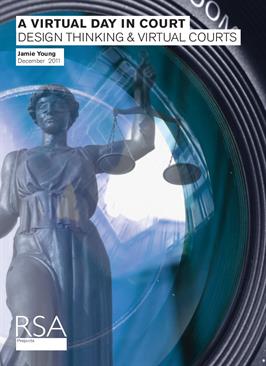Driven mainly by cost and efficiency arguments, video technology is being introduced in criminal justice systems in many countries. This allows the remote appearance of vulnerable witnesses, appearance of detainees from police stations, and evidence to be given online by police officers, expert witnesses and translators.
A variety of legal and cultural issues are raised, because of the seriousness of the issues at stake, and the engagement of such concepts as authority, trust, veracity. Perhaps due to limited consideration of these issues, there has been caution in introducing video systematically in the criminal justice process. To date there has been little systematic work to understand how video could suit the formalised court environment from a design perspective.
By analysing how judges, lawyers, victims and witnesses perceive the impact of new technology, it should be possible to address these issues, while preserving the essential features of ‘the day in court’.
This report recommends the following:
-
Inspire: Future virtual courts work should involve all court users in generating ideas to improve stakeholders’ user experience and integrate new technologies such as video.
-
Prototype: These ideas should be rapidly tested with court users, prior to pilots, to reduce the risk of failure further down the line, as well as suggesting more ideas to improve other parts of the system.
-
Execute: Criminal justice agencies should consider how to embed design thinking as an approach to innovation into their organisation’s culture.
pdf 893.1 KB
Contributors


Be the first to write a comment
Comments
Please login to post a comment or reply
Don't have an account? Click here to register.